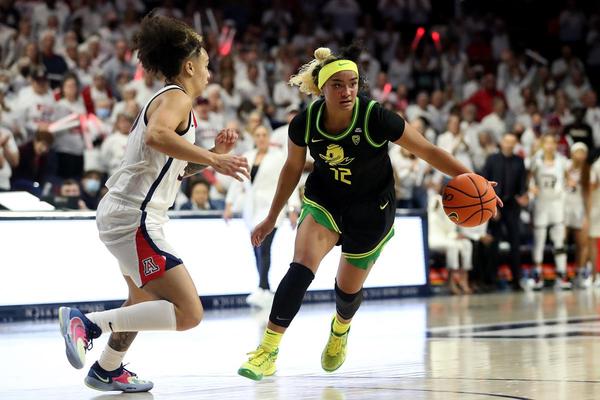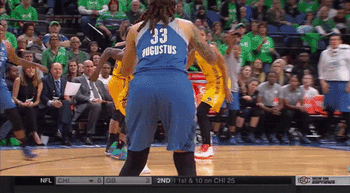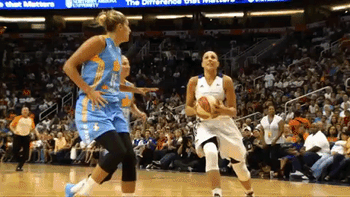The name, image and likeness (NIL) era in college sports is keeping female athletes as busy as bees

The GIST: The name, image and likeness (NIL) era in college sports is keeping female athletes as busy as bees. According to a recent Opendorse report, women’s sports are outpacing most men’s sports in terms of NIL activity as brands continue to recognize women student-athletes’ marketing appeal.
The data: Focusing on all NIL deals inked between July 2021 and the end of the 2022, Opendorse breaks down most of the data into two categories — compensation and activity. The latter focuses on how often players’ NILs are used, with actions like a social media post, promotional appearance or autograph session counting as a single activity.
The details: Women’s sports received just 22.9% of overall compensation and 39% of all activities, but the numbers change considerably when football (an outlier) is removed from the equation — women’s sports jump to 42.3% of compensation and 60% of activities.
- Basketball, softball, track and field and volleyball lead the women’s college sports pack for NIL activity and are valued accordingly. It costs $7.9K on average to strike a deal with a basketball starter, while fees within the other three sports range from $2.1K to $3.4K.
The dealmakers: Though many are riding the tidal wave of women’s sports, NIL collectives haven’t yet reached for their surfboards. These predominantly fan-led groups operate independently of schools and account for 49.5% of overall compensation and 8.5% of all deals, but only 19.7% of compensation and 4.9% of deals in women’s sports.
- Only 34% of the over 250 collectives in existence have offered compensation to female athletes, though several women’s sports–specific groups do exist.
- That said, companies are making up the difference. While brands are responsible for 49.8% of all compensation and 86.7% of all deals, within women’s sports specifically, they account for 79.3% of compensation and 91.7% of deals.
Zooming out: Women athletes’ NIL activity dominance signals recognition of their proven ability to hook audiences — per an October report, they generate four times more total audience engagement than their male counterparts. Queen bees.
- This may explain why corporations have been faster to strike deals than collectives. Women’s sports partnerships align with brands’ DEI initiatives and boost brand affinity, something that may not land as high on a collective’s priority list.
Enjoying this article? Want more?

Sign up for The GIST and receive the latest women's sports business news straight to your inbox three times a week




